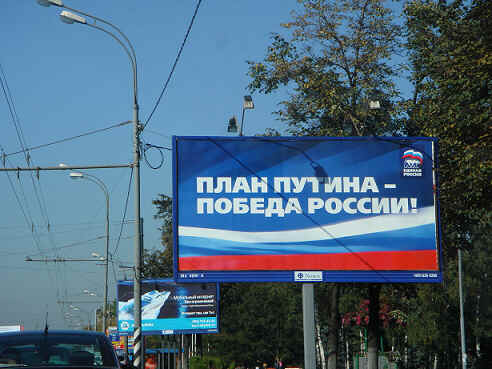
Detskii Mir, Moscow
Leningradskoe Shosse, Moscow
|
 |
| |
研究成果
書籍
1. 雲和広,『ロシアの人口問題−人が減りつづける社会−』,東洋書店
ユーラシア・ブックレット・シリーズ
No.167, 2011年10月.
査読付論文
1. KUMO, K., Tajik Labor Migrants
and Their Remittances: Is Tajik
Migration Pro-Poor?, Post-Communist
Economies, vol.24, 2012,
forthcoming.
2. KUMO, K., Demographic
Situations and Development
Programs in the Russian Far East
and Zabaikalye, in "Studies
on Russia: Time and Space of
Risks and Opportunities",
LIT-Verlag, to
be published in 2011.
3. 雲和広,「タジキスタンの国際労働移民と海外送金」,『経済研究』,第62巻第2号,2011年4月,pp.113-128.
関連する論説
1. Long-Term Population
Statistics for Russia: 1867-2002,
RRC Working Paper Series No.2,
Institute of Economic Research,
Hitotsubashi University, December
2007. (co-authored with Takako
MORINAGA and Yoshisada SHIDA).日本語版は「ロシアの長期人口統計」(森永貴子・志田仁完との共著),『経済研究』,第59巻第1号,2008年1月,pp.74-93.
(歴史的経緯を記述した,プロジェクト前段階の論文です)
2. KUMO, K., Determinants of
Childbirth in Russia: A Micro-Data
Approach, Global COE Hi-Stat
Discussion Paper Series No.104,
from Institute of Economic
Research, Hitotsubashi University,
December 2009.日本語版は「ロシアにおける出生規定要因:マイクロデータによる接近」,『経済研究』,第61巻第1号,pp.1-17,
2010年1月.
(着想を得ることになった,出発点である研究です)
3. KUMO, K., Explaining Fertility
Trends in Russia, VoxEU,
2 June 2010.
(2.を簡便に記述したものです.日本語版は「ロシアの出生動向:その要因をどうみるか」,Hi-Stat
Vox No.13,2010年4月7日)
4. KUMO, K.,
Fertility Trends in Russia:
Viewed through Micro-Data and
Demographic Structure, Japanese Slavic
and East European Studies,
vo.31, 2011, pp.81-92.
5. KUMO, K., Explaining Fertility
trends in Russia, Natural
Resource Development, Population
and Environment in Russia, Japan Foundation
& Institute MIRBIS,
2010, Moscow, pp.69-77.
6. 雲和広,「ロシアの人口問題−出生動向を中心に−」,『ユーラシア研究』,No.43,
2010年11月25日, pp.27-32( [特集II
ロシア人口危機の現在]
巻頭論文). |
|
|